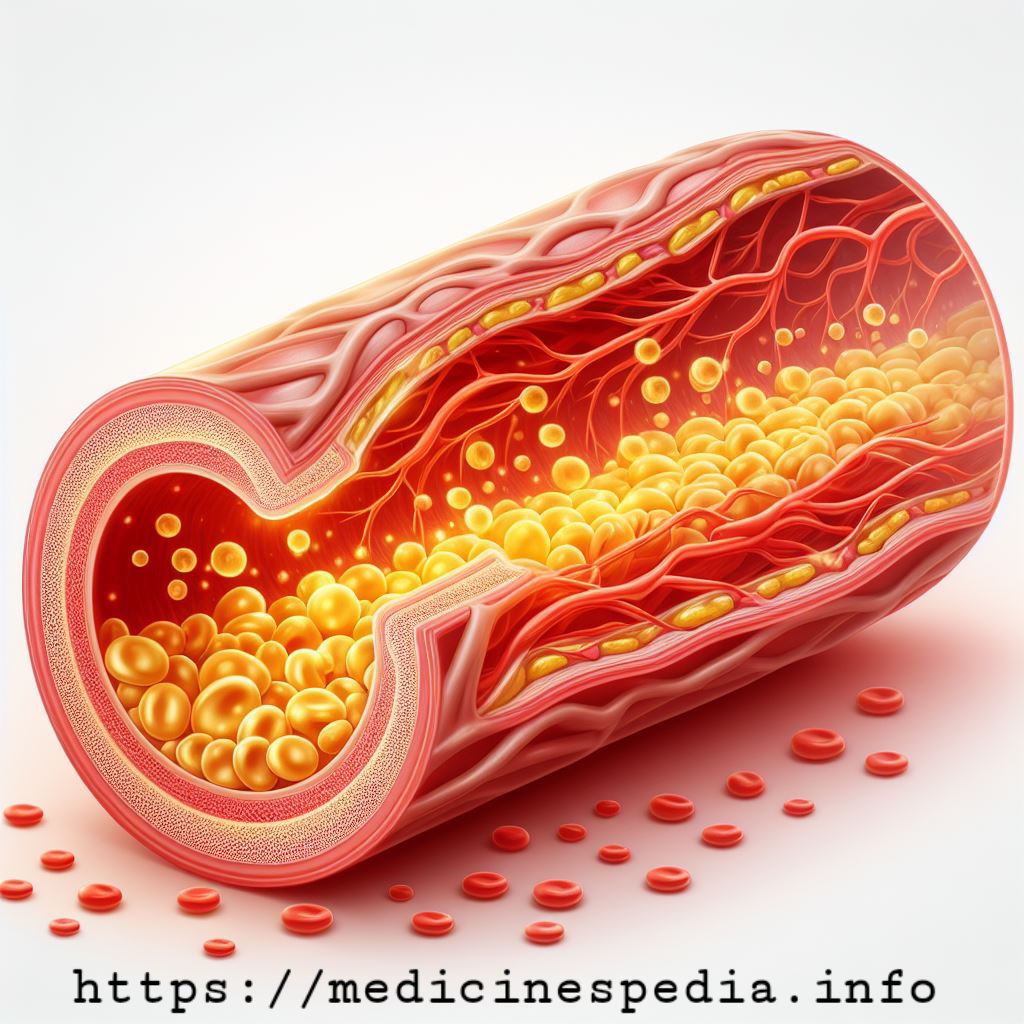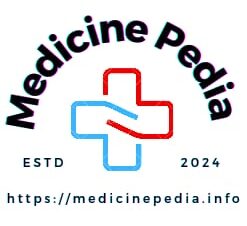Cholesterol Deposits Causes, Symptoms and Treatment:

Cholesterol deposits are soft, yellowish bumps that appear just under the skin. They can be found on eyelids but also appear on the neck, chest, and arms. These deposits are caused by a buildup of cholesterol in your blood, which may form when you have high levels of bad cholesterol in your blood for a long period of time, or if you eat foods high in saturated fat, a type of fat mostly found in animal products.
Cholesterol deposits are called xanthelasma, and in most cases, they are harmless and do not require treatment. However, they can be a symptom of an underlying condition. The most common causes of these deposits are high cholesterol and fats in the blood, which may be related to genetics as some people have naturally high cholesterol levels in the blood. Other causes include age, diabetes, and obesity.
Treatment:
Although in most cases these deposits are not harmful and don’t cause any problems, some people may prefer removing them for cosmetic reasons. It is very important to avoid trying to pop these deposits yourself, as this can cause inflammation and bleeding. Also, bacteria may enter into the injured area, causing infection, which may lead to scarring and leaving a permanent mark. If you have cholesterol deposits and want to remove them, you should talk to a dermatologist who can remove them in many safe ways, including:
- Surgery: In this option, the dermatologist will numb the area and remove the cholesterol deposit.
- Laser Therapy: Usually performed by an ophthalmologist, this involves the use of laser beams to cut away the excess tissue. This treatment option has a lower risk of scarring than normal surgery.
- Chemical Peeling: A chemical peel reduces the amount of excess skin in your eyelid using trichloroacetic acid and leaving it on the area for 30 seconds to two minutes.
- Cryotherapy: This method uses cold temperatures to freeze away any xanthelasma deposits so they can be removed easily later on.
Prevention:
To prevent the formation of cholesterol deposits, it is essential to treat the root cause of them, which in most cases is high cholesterol levels in the blood or, more specifically, bad cholesterol, which is the type of cholesterol that builds up in your arteries and leads to heart attacks and strokes. You can lower your levels of bad cholesterol by:
- Eating a healthy diet
- Exercising regularly
- Taking medication if necessary
The American Heart Association recommends avoiding saturated fats and trans fats, as well as foods high in cholesterol. Instead, try eating more fiber from nuts and vegetables, whole grains like oats, and lean meats like fish and poultry. It is also important to reduce your intake of red and processed meat and alcohol. As always with any medical condition, it is crucial to talk to a doctor before beginning any exercise plan or taking any medicine.
Thank you.
